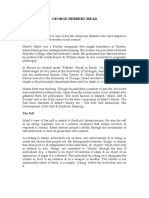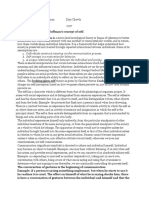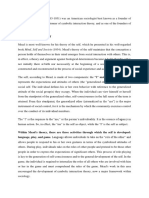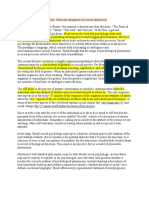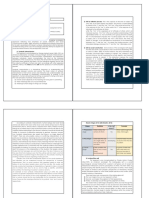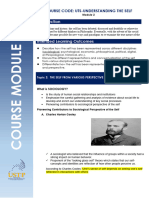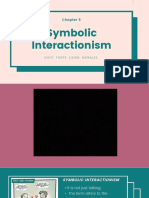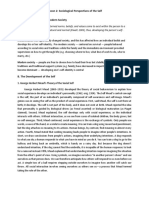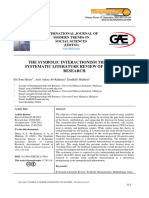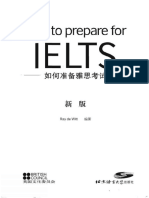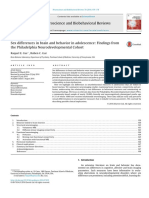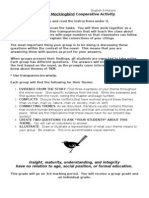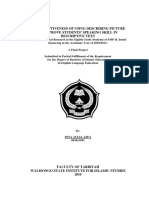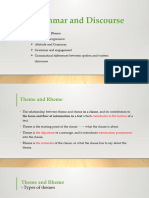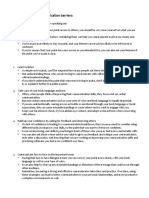0% found this document useful (0 votes)
51 views3 pagesMead
The document discusses G.H. Mead's contributions to symbolic interactionism, highlighting his key concepts such as the development of the self through social interaction and the significance of gestures and significant symbols in communication. Mead identifies four stages of the act and emphasizes the dialectical relationship between mind, self, and society, where the self emerges through social processes. He distinguishes between the 'I' and 'Me' phases of the self, underscoring the role of society in shaping individual identity.
Uploaded by
mir SehrishCopyright
© © All Rights Reserved
We take content rights seriously. If you suspect this is your content, claim it here.
Available Formats
Download as PDF, TXT or read online on Scribd
0% found this document useful (0 votes)
51 views3 pagesMead
The document discusses G.H. Mead's contributions to symbolic interactionism, highlighting his key concepts such as the development of the self through social interaction and the significance of gestures and significant symbols in communication. Mead identifies four stages of the act and emphasizes the dialectical relationship between mind, self, and society, where the self emerges through social processes. He distinguishes between the 'I' and 'Me' phases of the self, underscoring the role of society in shaping individual identity.
Uploaded by
mir SehrishCopyright
© © All Rights Reserved
We take content rights seriously. If you suspect this is your content, claim it here.
Available Formats
Download as PDF, TXT or read online on Scribd
/ 3



